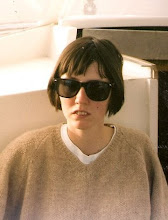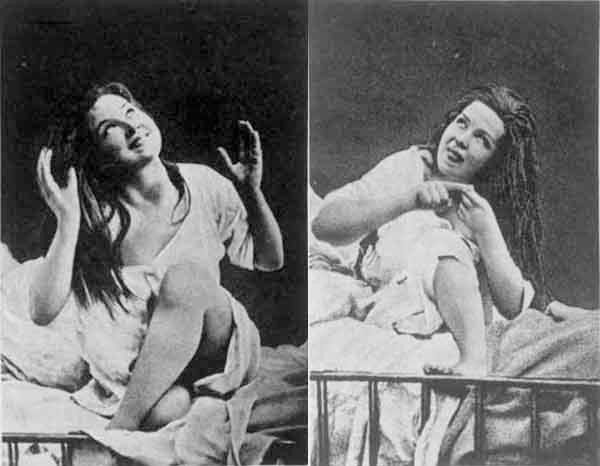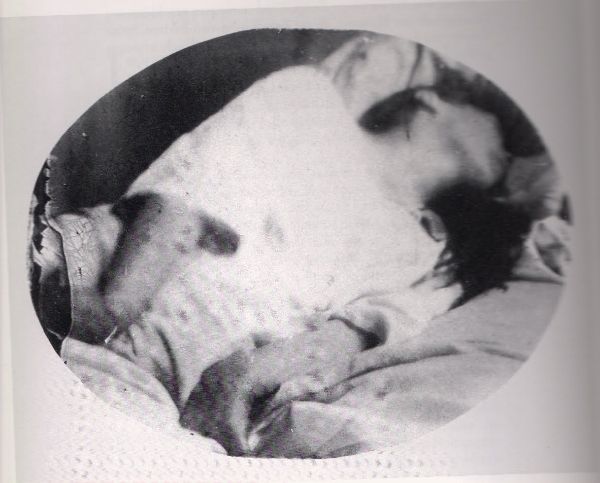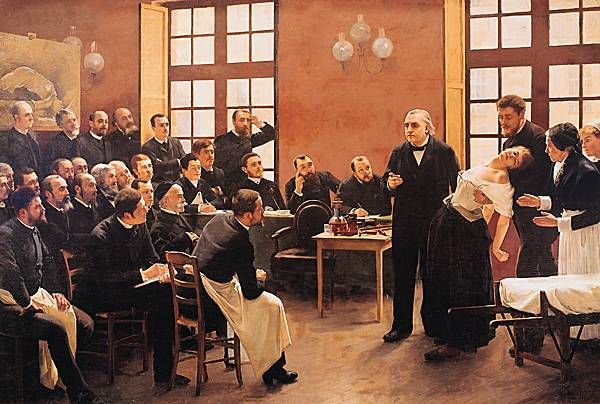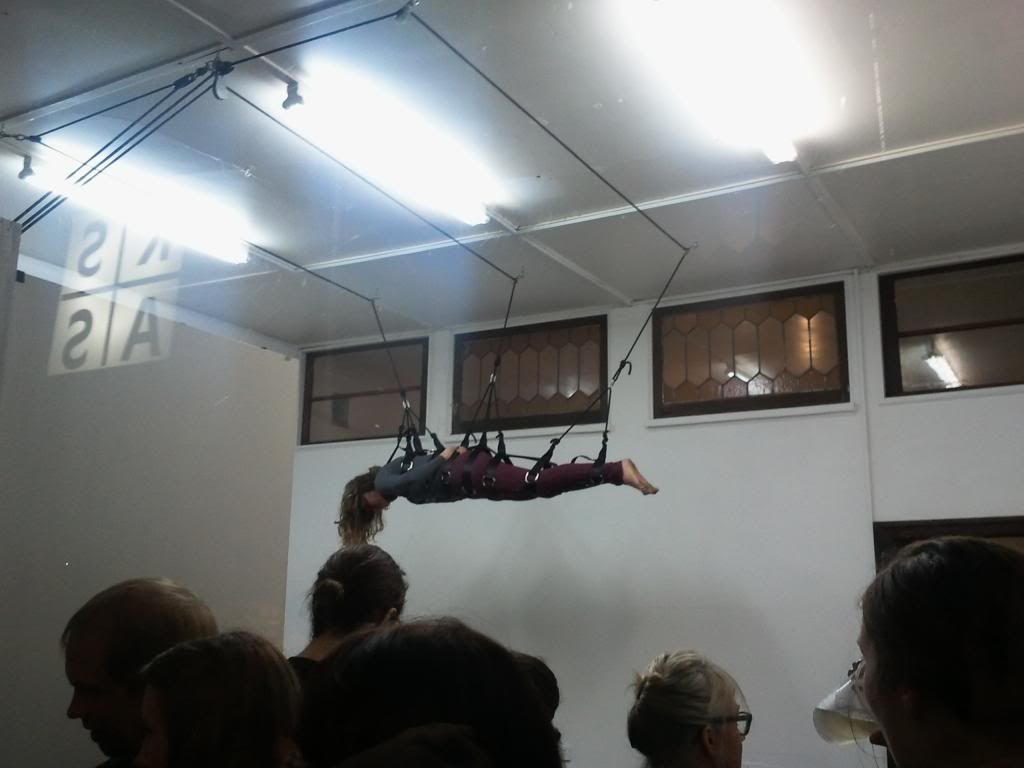-Statement for the catalogue of an exhibition at Martha Jackson Gallery, "Environments, Situations, Spaces," May-June 1961, in which the first form of the Store was presented.
There is an amazing, clever, exhilarating exhibition on at the Monash University Museum of Art at the moment. "Art as a Verb" looks at a number of young Australian artists and juxtaposes their performance-based, active art practices with works by iconic performance artists of the 1960s and 70s such as Yoko Ono, Vito Acconci and Marina Abramovic. In this way, art that intersects with daily life, that is visceral, bodily and physical, can be seen on a continuum. The contemporary trend towards creating work that is social, inclusive and community based, can be seen in relation to it's predecessors and influences.
After entering the cool, low-slung glass door of MUMA, the first artwork you see is Official Welcome, 2001 by Andrea Fraser. It is a video/performance work in which Fraser parodies speeches given at exhibition opening events. She first acts out the role of the curator praising the beauty, scale, and universality of 'the artist's' work. She describes visiting the artist in his studio which was full of artwork so challenging that she could not fathom the meaning of it. Then she becomes the artist, inarticulate, egotistical and unable to talk about his work. Finally, she takes the role of the critic and gushes about the artists vision and skill (you can see the artwork in question in the background of the video; it appears to be a multi-coloured installation, as well as a few photographs on the wall.) I found Fraser's performance pretty entertaining, funny and true to the self-congratulatory nature of exhibition openings. It illustrated the narcissism, dependancy and lack of honest discourse that can exist between artist, curator and critic.
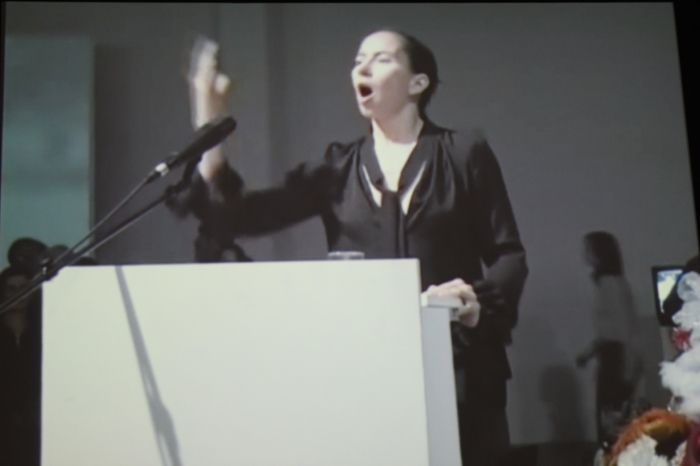
Petrol station everyday of 2011, 2011-12, by Kenny Pittock is a photographic work in which the artist does exactly what the title says, and photographs a petrol station near their house every day for an entire year. Accompanying the photoographs is a statement by the artist describing the difficulties of the project, being unable to leave town or holiday for a full year and the toll this takes on relationships. "I had to cut short hot dates and once devastatingly turned down a free holiday with my girlfriend. It was funny for a while but eventually gave the impression I'd never prioritise her over my art, which is a truly difficult problem to overcome." I like the simplicity and straightforwardness of this work. It's about performing a task, the same task, every day to see what happens.

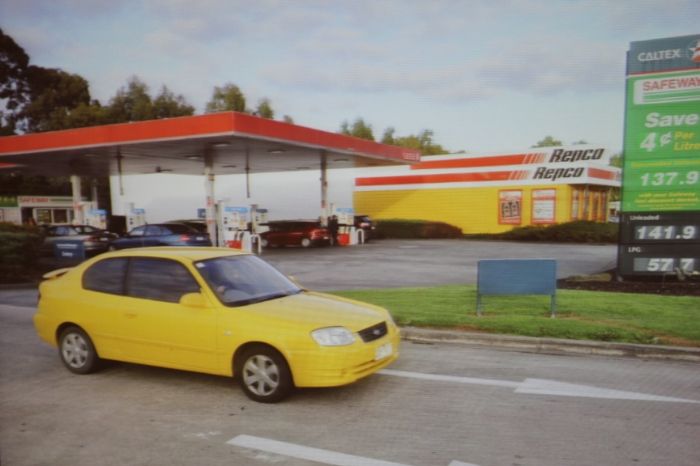
Paul McCarthy, Painter, 1995

One of the photographic works included was The Kiss Part 3, 2011 by Anastasia Klose. The image documents a project she undertook in which she offered free kisses to passersby. I find this work romantic, although it is staged, the image gives a sense of intimacy and romance.
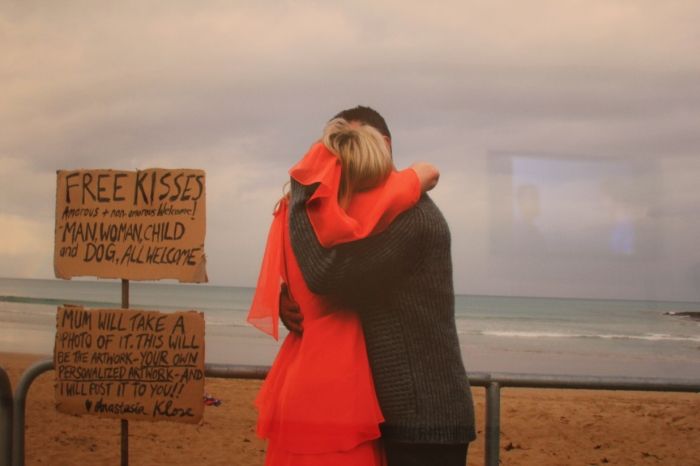
Christian Thompson's Desert Slippers, 2006, is a visceral performance that shows a traditional ritual of the Bidjara people to whom Thompson belongs. In the video, Thompson stands opposite his father who after wiping his hands through his armpits, presses them upon his first-born son's shoulders. The gesture is then repeated, back and forth, between father and son.
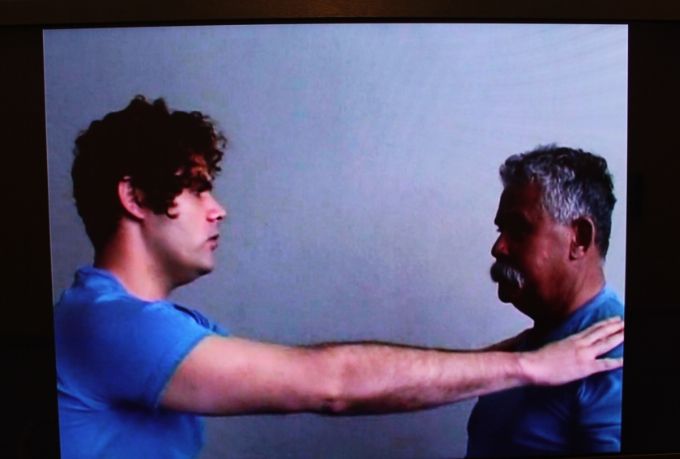
The last two rooms of the show focus on performances from the 1960s and 70s. Firstly, Stick a Round, 1975, is a work in which Jill Scott has herself taped to the wall of the gallery. In this way, her body takes the place of the art object as something to be eyeballed and observed. During the show at MUMA, this work was re-enacted live by contemporary performance artist, Mira Oesterwegher.
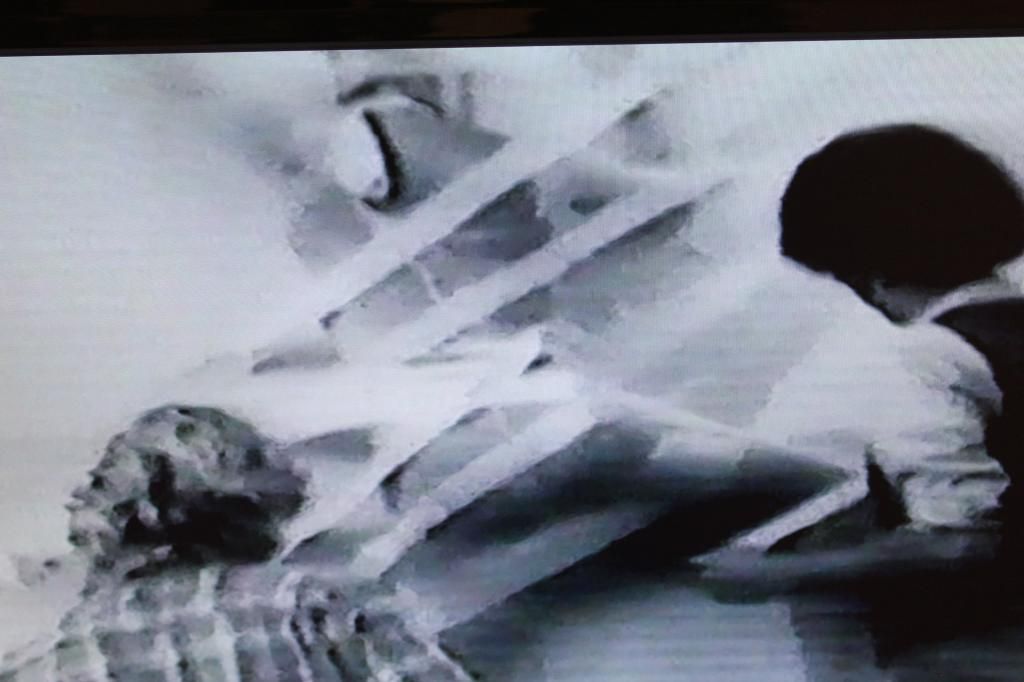
One of the pieces that I found most fascinating to observe in the flesh was Teching Hsieh's One Year Performances. These five works are perhaps a benchmark of the extremes to which a performance artist may or may not be willing to go. In Cage Piece, 1978, Hsieh stays inside a cage of 3.5 x 2.7 x 2.4m for a full year, without any form of entertainment or diversion. A friend delivers meals to him daily. Rope Piece, 1983, involves him tying himself to fellow performance artist Linda Montano with a 2.4m rope and remaining attached together for a full year. They must remain in the same room, but are not permitted to touch one another. I'm interested in learning more about Linda Montano's work. She completed this work with Hsieh, a very harrowing one it would have been too. To never be alone. Apparently she made performances with Annie Sprinkle too....so I'll have to research her a bit more. Perhaps the most extreme of the One Year Performances is Outdoor Piece, 1981, in which Teching Hsieh does not enter a building, train, car, bus or tent for an entire year. He moves around New York with a backpack and a sleeping bag and sleeps wherever he can. What is remarkable about these work is not just the intense level of commitment this artist must have to his practice, but also the sparing way that they are documented. Each piece has a contract detailing the 'rules' of the experiment which the artist has signed, as well as one photograph.
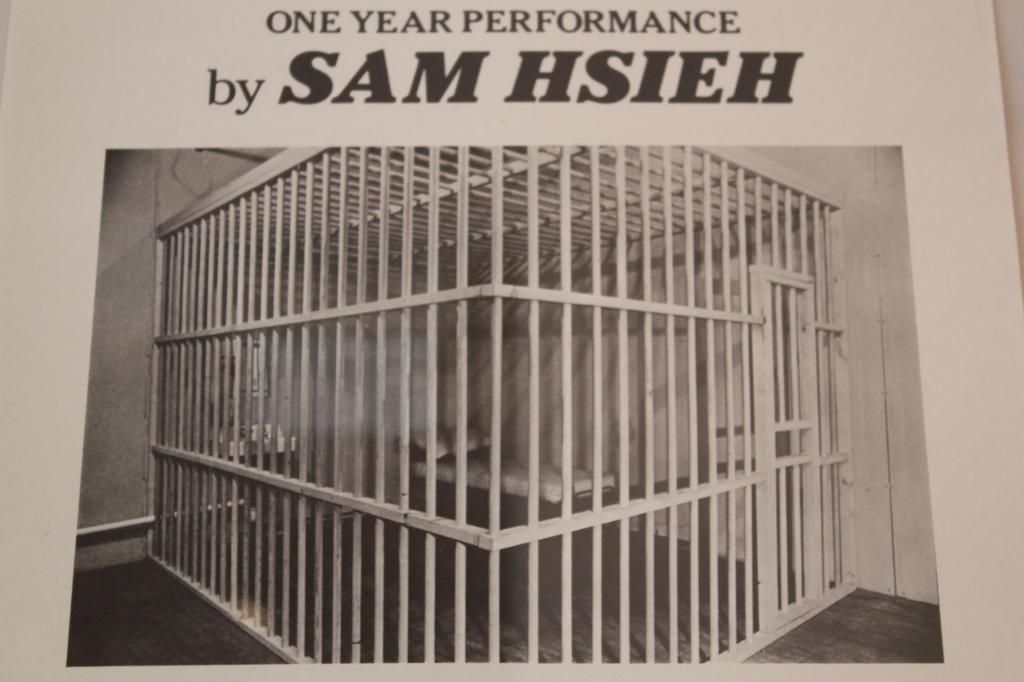
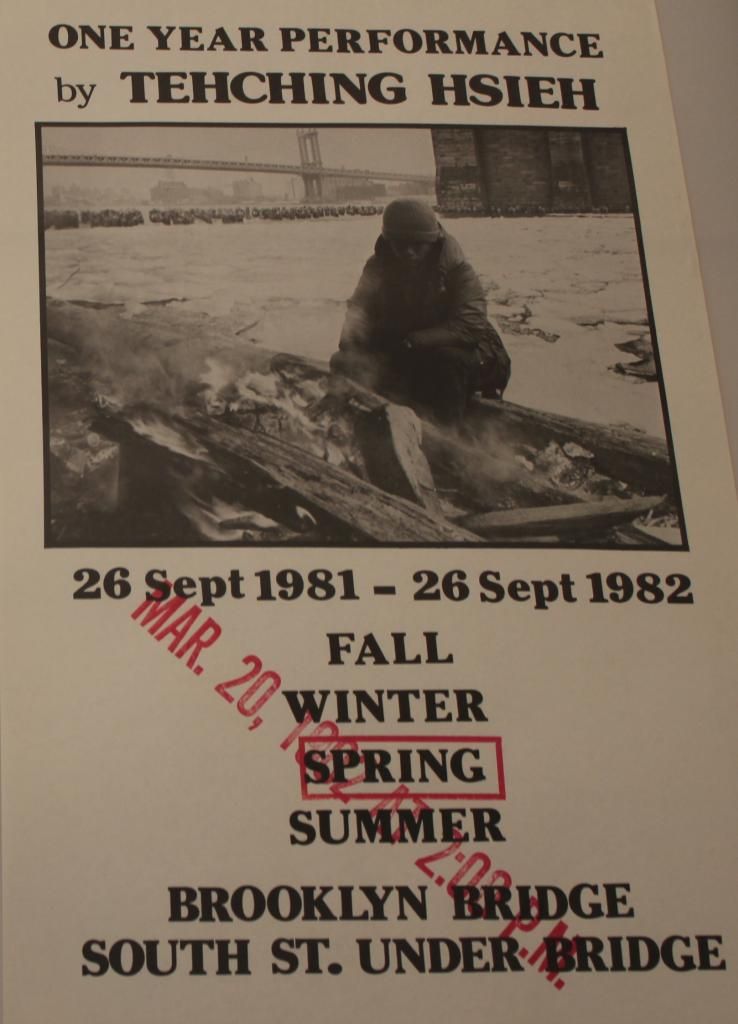
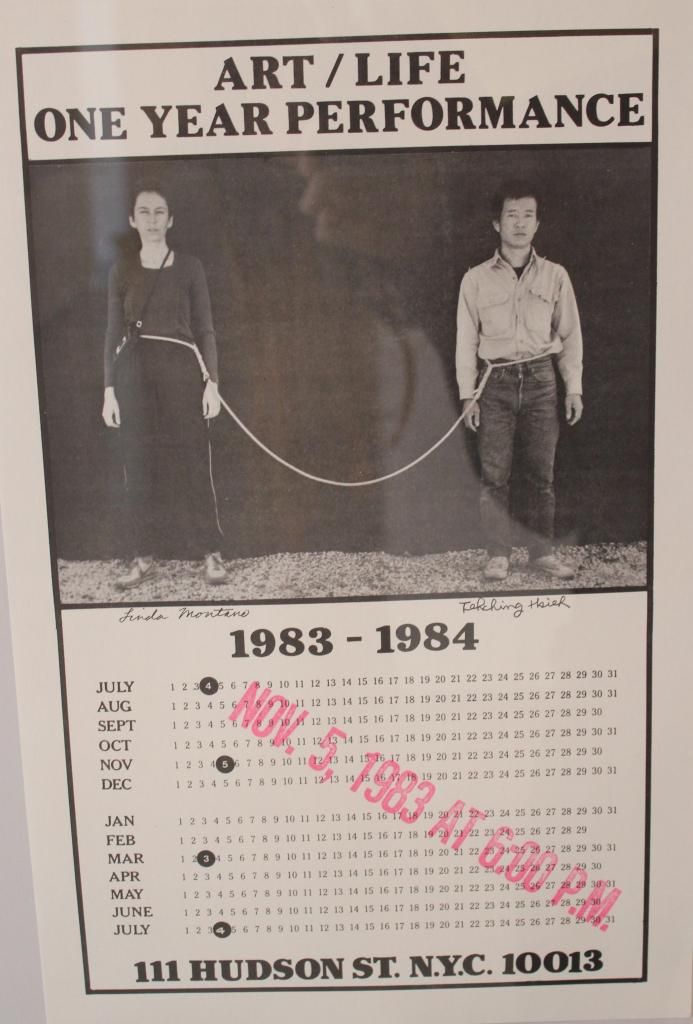
The final room of the exhibition contains TV monitors with a number of B&W video performances on display. Most notable among them is Art must be beautiful, artist must be beautiful, 1975 by Marina Abramovic and Theme Song, 1973 by Vito Acconci. The later involves Acconci repeatedly imploring the viewer to come be with him, to hang out, to touch him, with him humming along to 'People are Strange' by The Doors and smoking darts. Pretty approachable and enjoyable and iconic. Every performance artist is familiar with the influence of these two artists. Even the simplistic style of filming they used is fetishized in contemporary art.

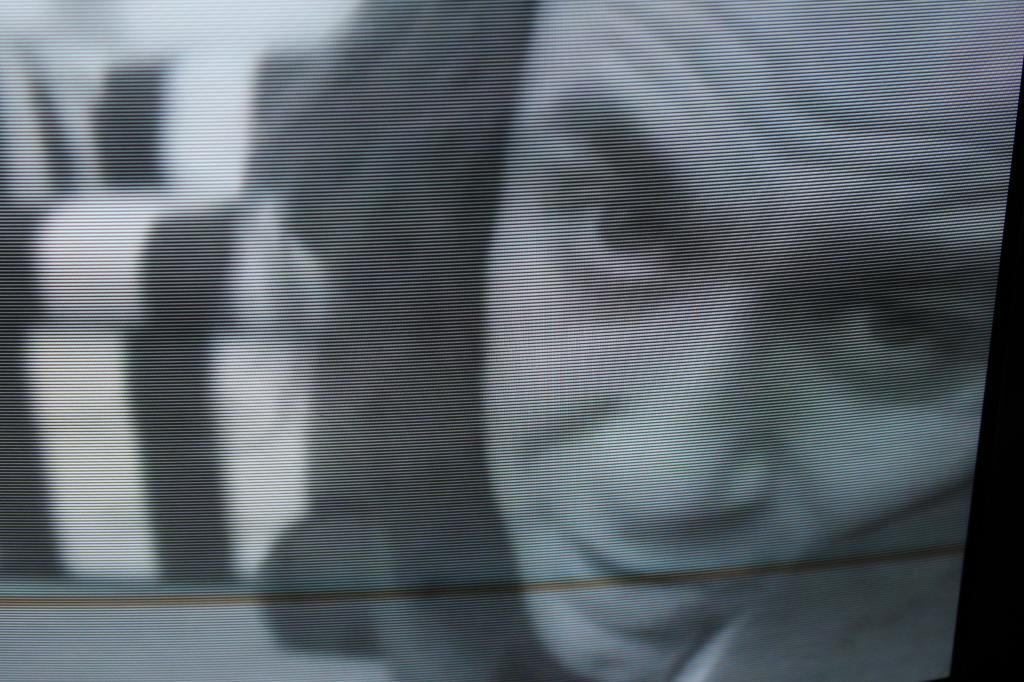
'Art as a Verb'
3 October - 16 December 2014
MUMA
Monash University, Caulfield campus
900 Dandenong Road
Caulfield East, VIC 3145
Australia
